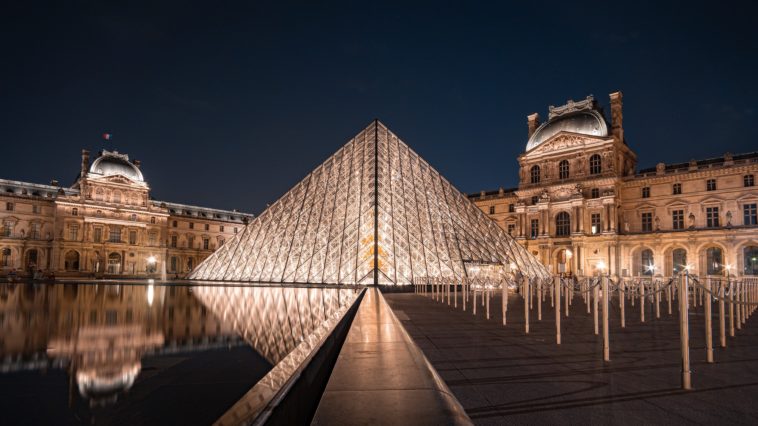Situated in Paris, France, the Louvre Museum is not just a national treasure but an international landmark as well. Nestled in the 1st district of the French capital, specifically on the Right Bank of the Seine River, the Louvre stands as a monument to Western art. The museum houses some of the most iconic artworks in Western history, such as the Mona Lisa and the Venus de Milo. This expansive discourse aims to offer a detailed and comprehensive view of this monumental institution, breaking down its history, architecture, and the extensive collection it houses.
Historical Background
The Louvre has a rich and complex history that extends beyond its current status as an art museum. Originally built as a fortress in the late 12th century, the structure has undergone various transformations. It served as a royal palace for several centuries before it was converted into an art museum in 1793. Over the years, the museum has expanded and evolved, acquiring a myriad of artworks from different eras and regions, thus becoming a repository of human artistic achievement.
Architectural Significance
The architecture of the Louvre is as significant as the artworks it houses. Spanning 72,735 square meters, the building is a masterpiece in itself, showcasing different architectural styles ranging from Medieval and Renaissance to Modern. One of the most iconic additions to the museum is the glass pyramid entrance designed by the architect I.M. Pei, which was inaugurated in 1989. This modern installation creates a contrasting aesthetic to the historical backdrop, providing the museum with a multifaceted architectural identity.
Geographical Location
Location Information Table
| Attribute | Information |
|---|---|
| Longitude and Latitude | 48.8606° N, 2.3376° E |
| Climate | Oceanic climate (Temperate) |
| Population of Paris | Approximately 2.2 million (2021 data) |
| GDP of France | $2.71 trillion (2021 data) |
| Official Languages | French |
| Currency | Euro (€) |
| Religion | Primarily Catholicism |
| Continent | Europe |
Noteworthy Collections
One of the main attractions of the Louvre Museum is its extensive art collection, comprising over 380,000 objects and displayed in eight different departments. These departments range from Near Eastern Antiquities and Islamic Art to Sculptures, Decorative Arts, and Paintings. The painting department is particularly renowned, housing works like the Mona Lisa by Leonardo da Vinci and Liberty Leading the People by Eugène Delacroix.
The Mona Lisa
Perhaps the most iconic painting in the world, the Mona Lisa, also known as La Gioconda, was painted by Leonardo da Vinci between 1503 and 1506. This masterpiece is acclaimed for its composition, the mysterious expression on the subject's face, and its pioneering techniques such as the use of sfumato.
The Venus de Milo
This ancient Greek statue is another highlight of the museum. Believed to be created between 130 and 100 BC, it represents Aphrodite, the Greek goddess of love and beauty. The statue is famous for its intricate details and the fact that its arms were never recovered, adding to its mystery and allure.
Educational Programs and Initiatives
The Louvre Museum is not just a destination for art enthusiasts but is also an educational institution. It provides a wide array of educational programs aimed at both students and adults. These programs include guided tours, workshops, and special exhibitions that help educate the public on various aspects of art, culture, and history.
Conclusion
As a center for art and culture, the Louvre Museum serves as a monument to human creativity and historical legacy. Its extensive collection, which includes seminal works like the Mona Lisa and the Venus de Milo, attracts millions of visitors each year. Situated in the heart of Paris, on the Right Bank of the Seine, and with a history that spans centuries, the Louvre remains an enduring symbol of France's cultural preeminence.
By delving into its rich history, architectural elegance, and vast collection, one can begin to appreciate the immense significance of the Louvre Museum, not just to France but to the world at large.





